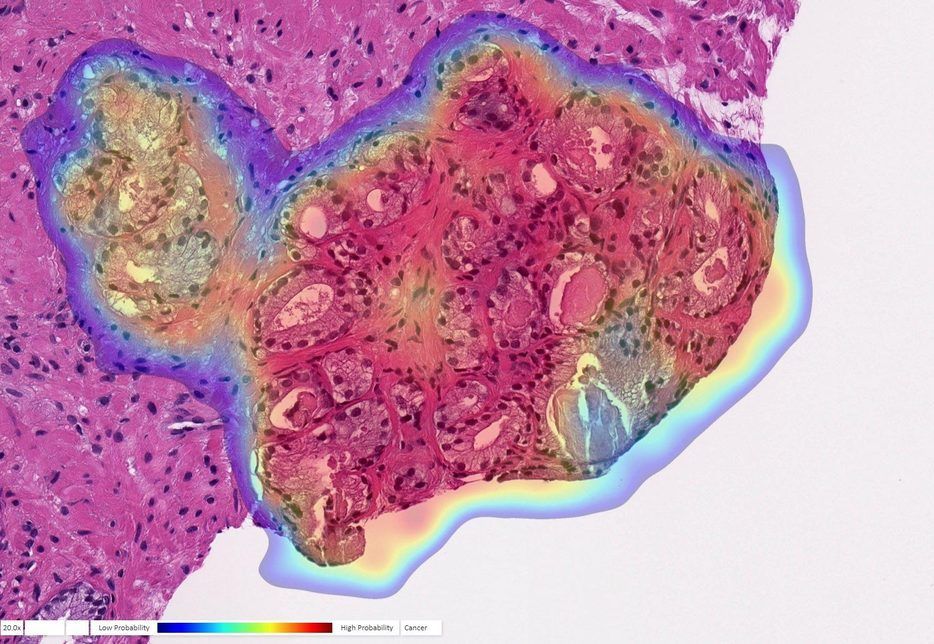PNNL quantum algorithm theorist and developer Nathan Wiebe is applying ideas from data science and gaming hacks to quantum computing.
Everyone working on quantum computers knows the devices are error prone. The basic unit of quantum programming – the quantum gate – fails about once every hundred operations. And that error rate is too high.
While hardware developers and programming analysts are fretting over failure rates, PNNL’s Nathan Wiebe is forging ahead writing code that he is confident will run on quantum computers when they are ready. In his joint appointment role as a professor of physics at the University of Washington, Wiebe is training the next generation of quantum computing theorists and programmers.







